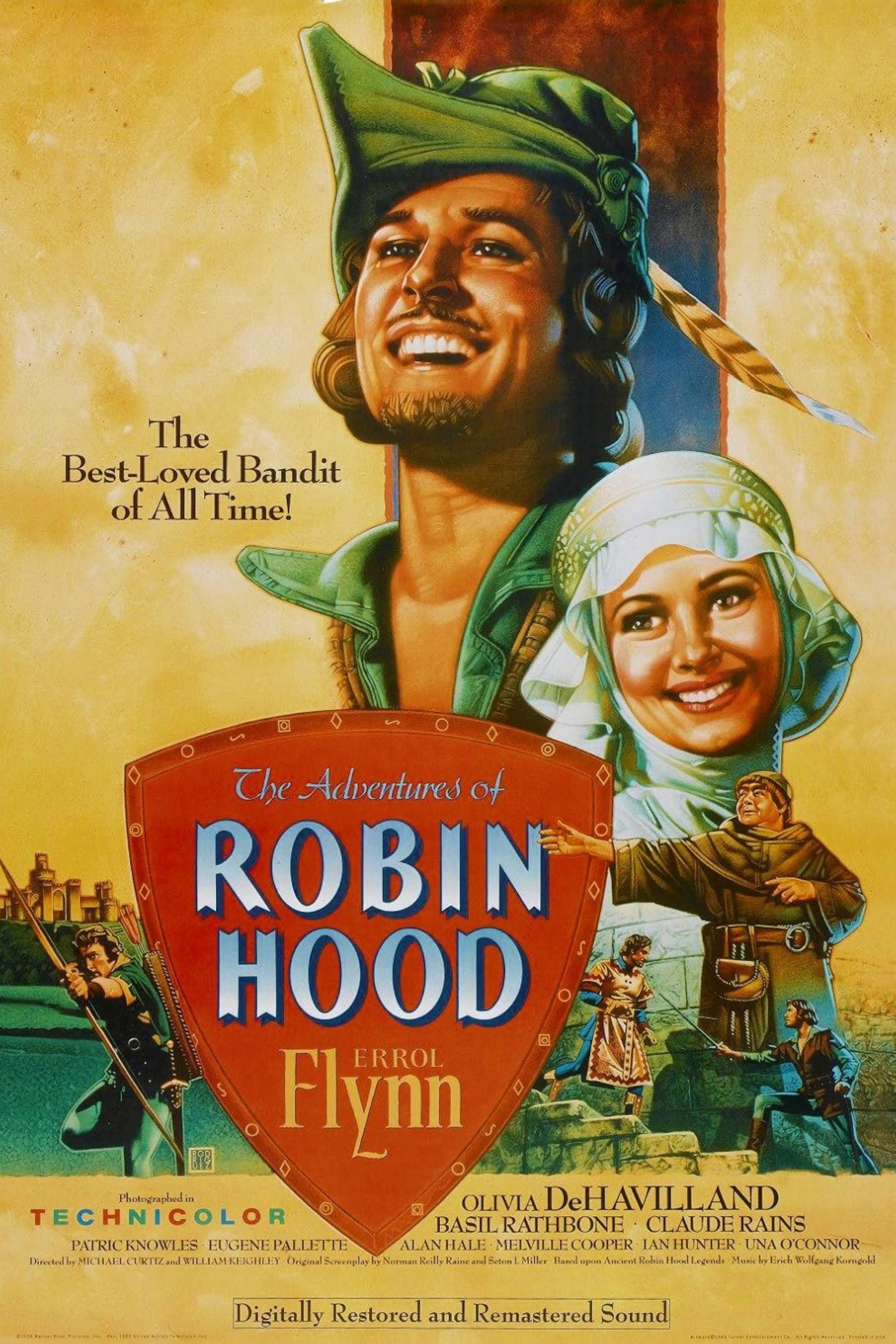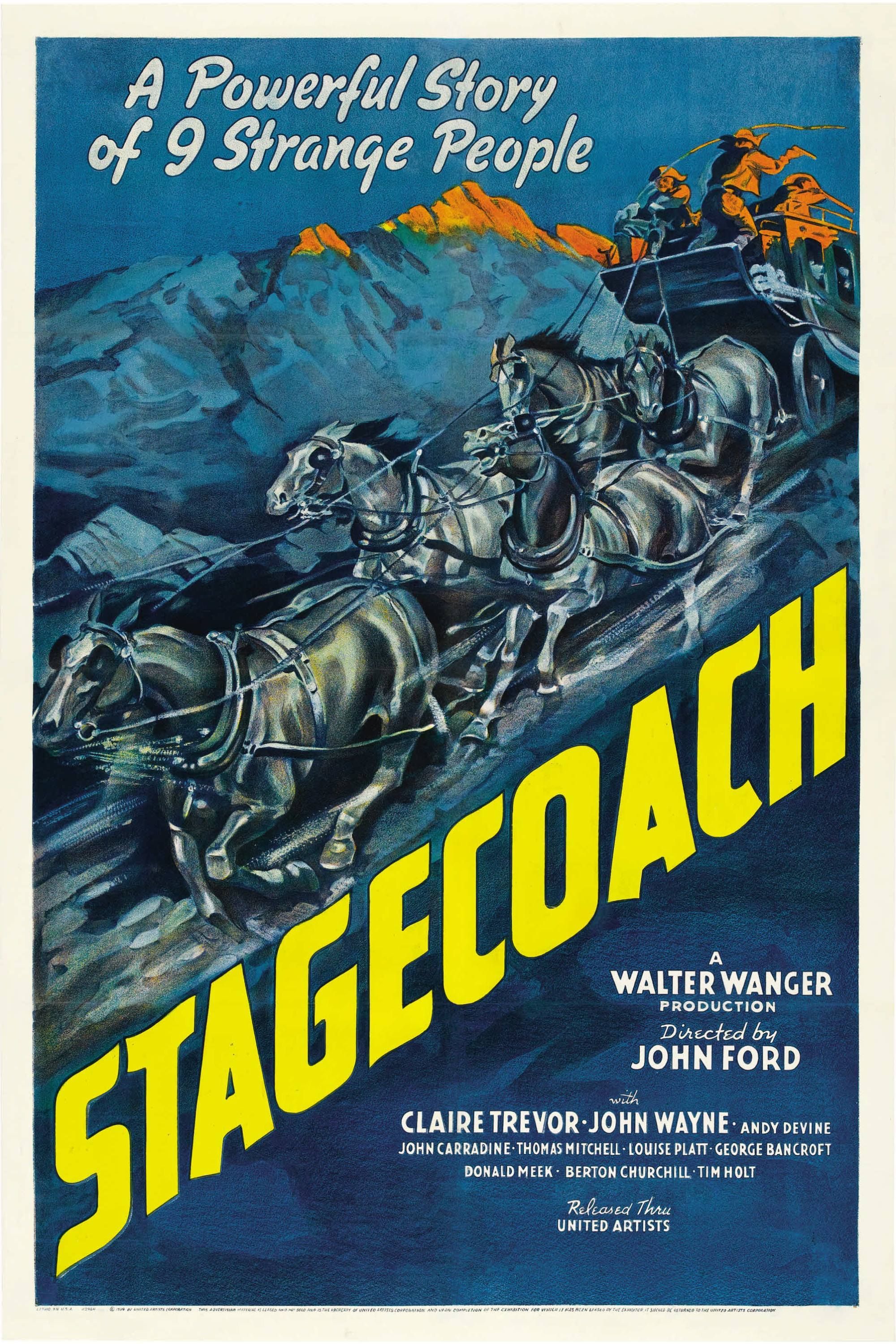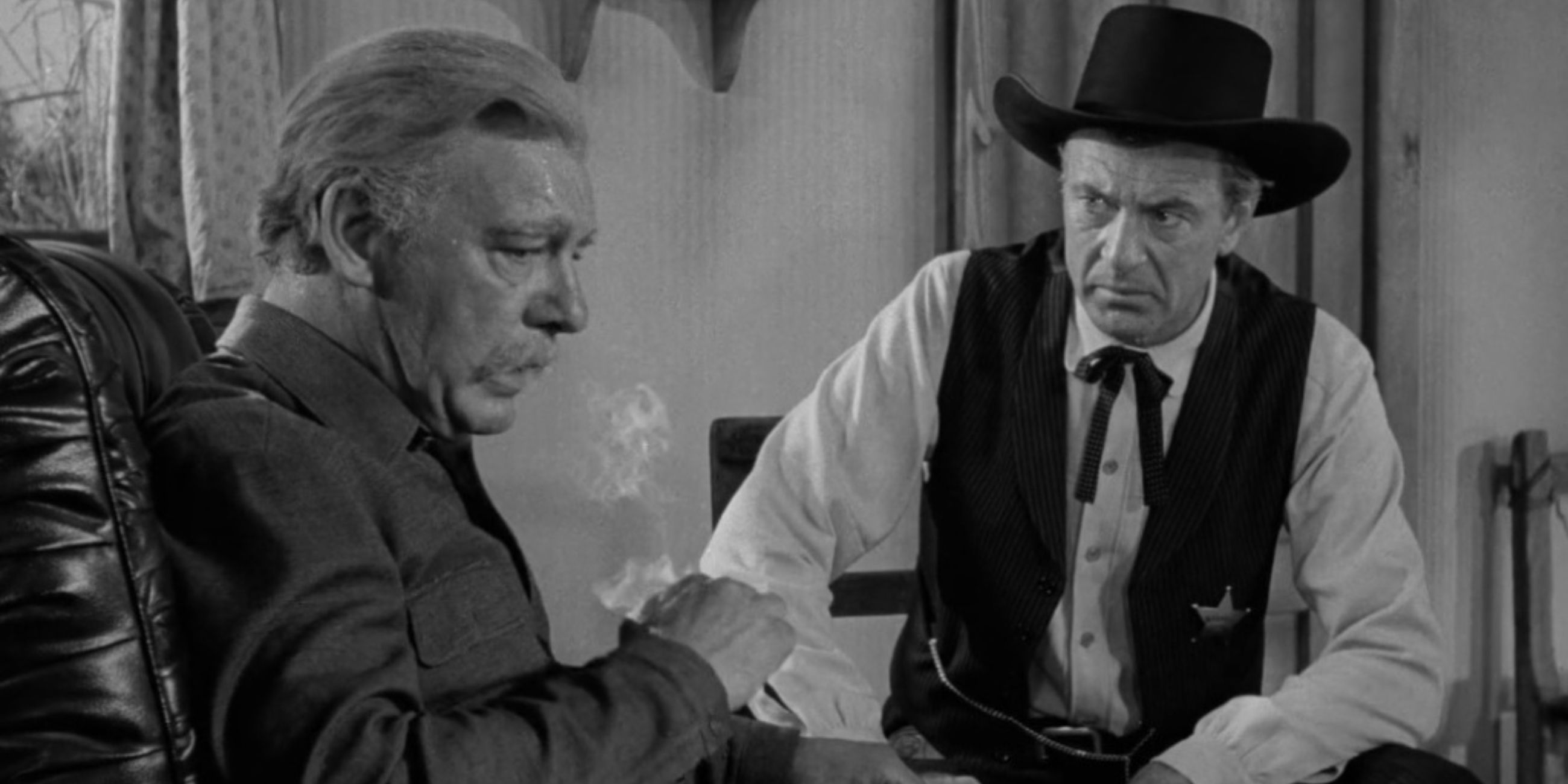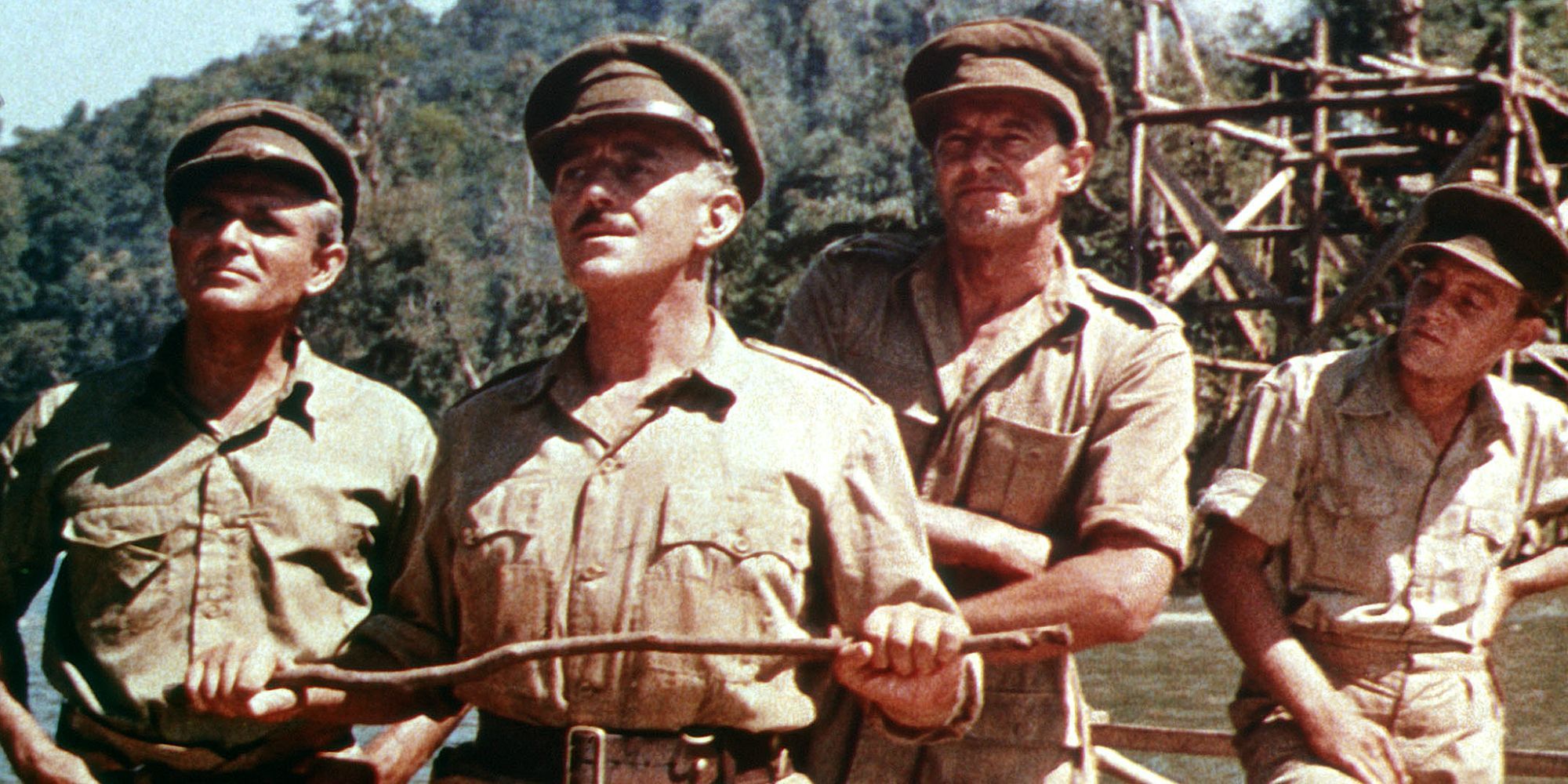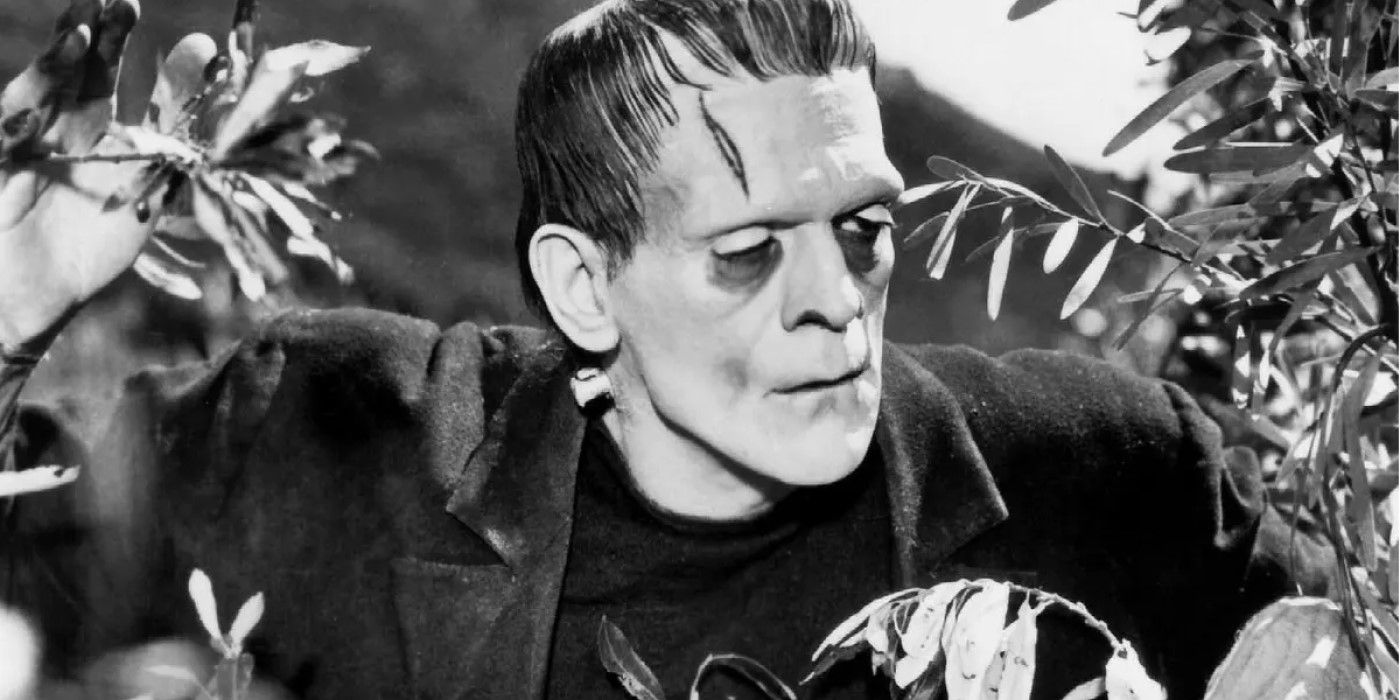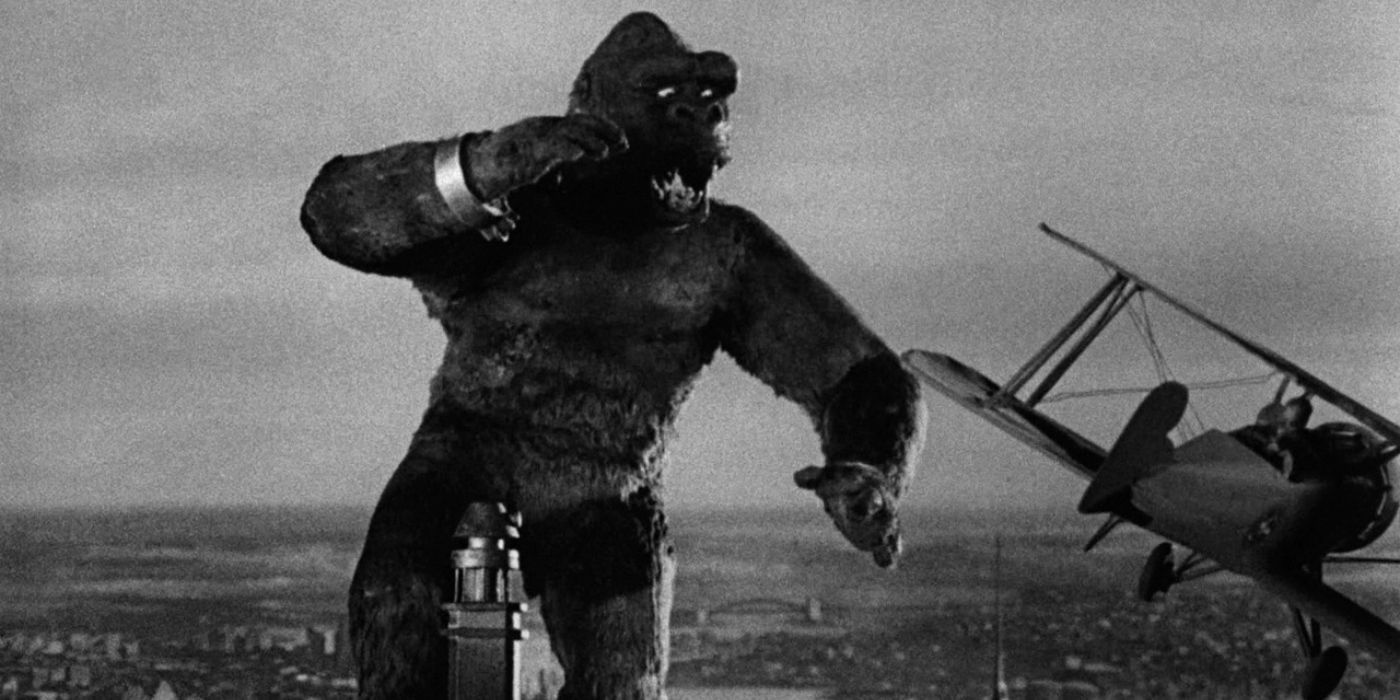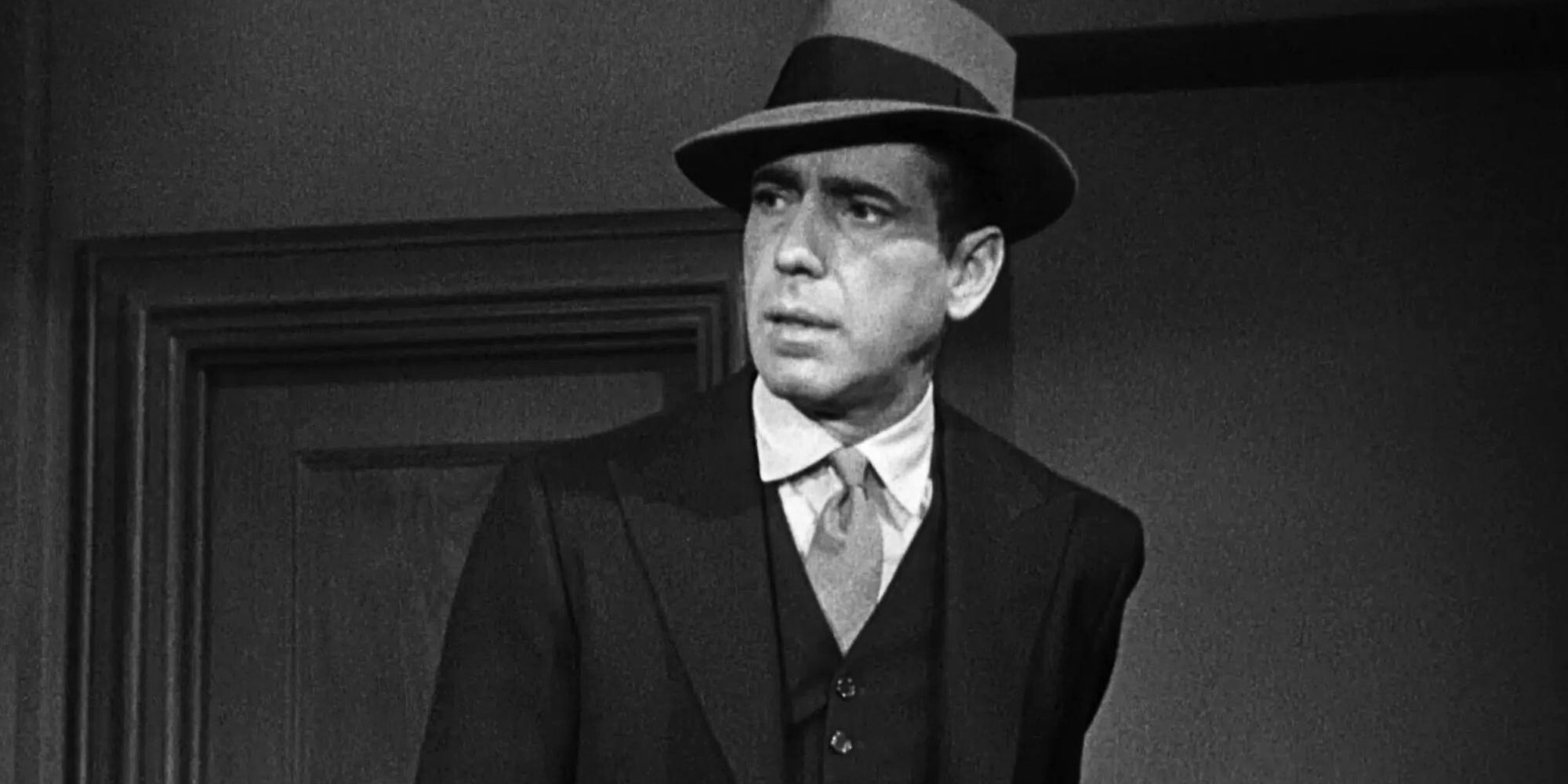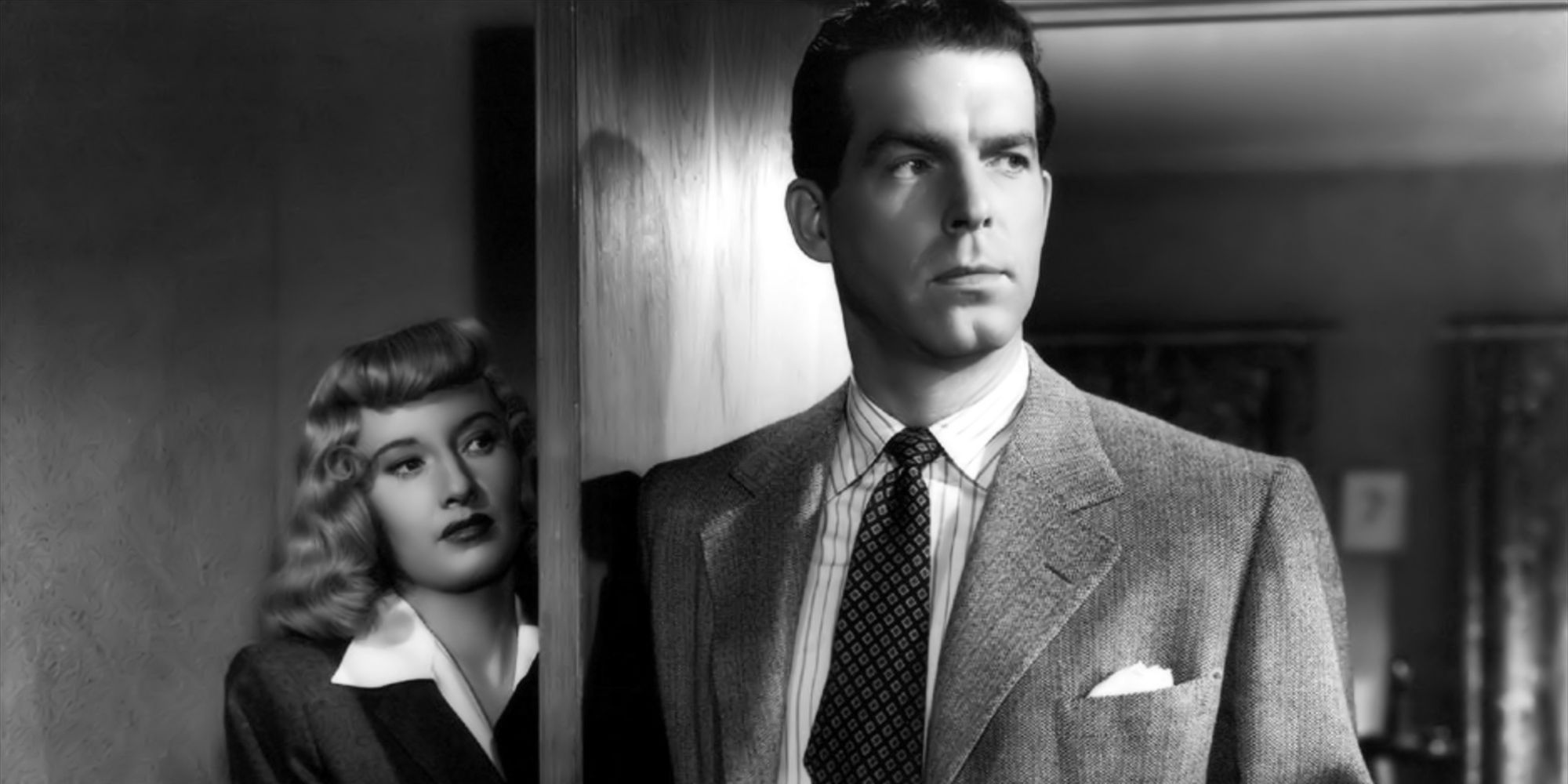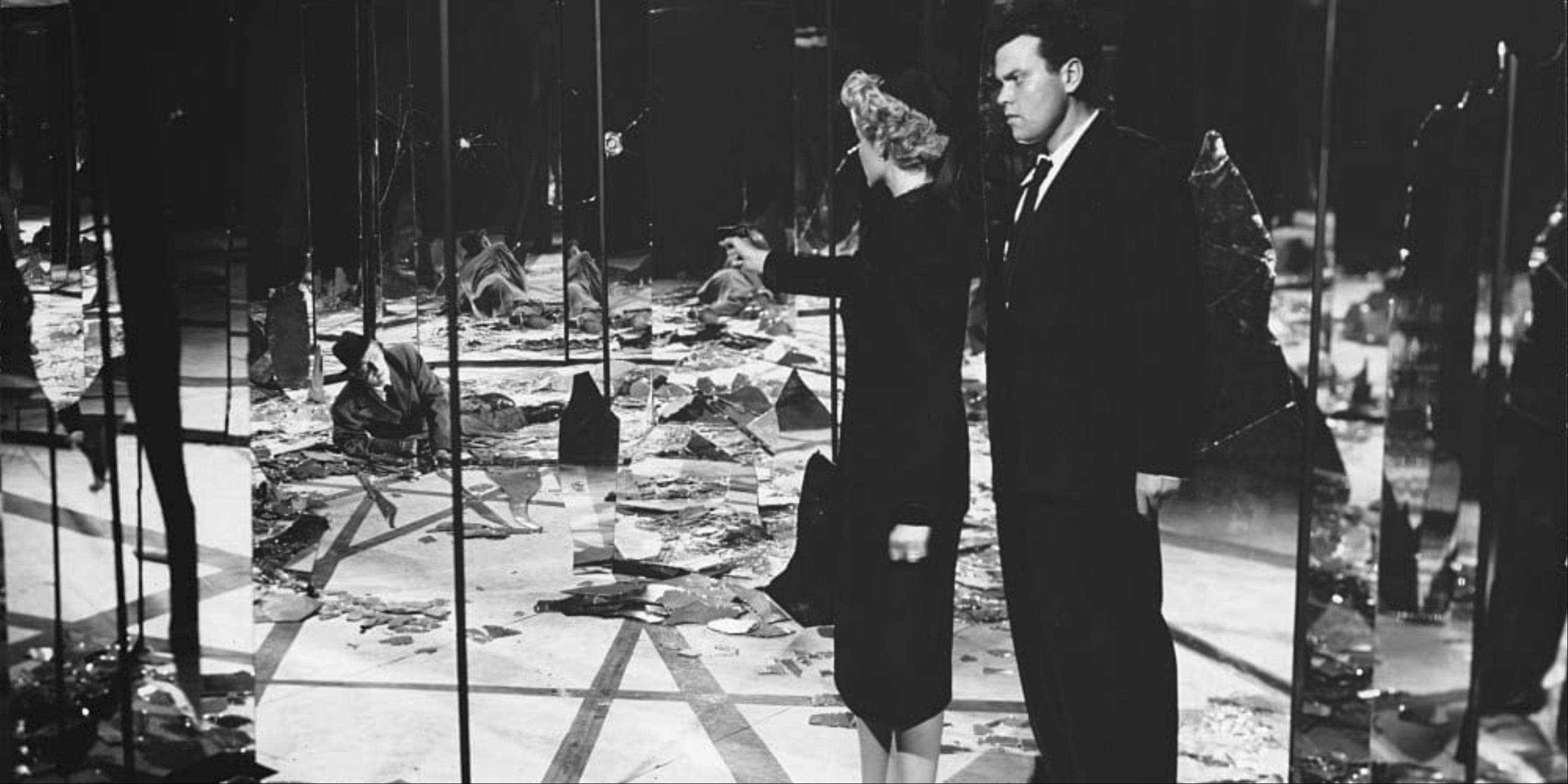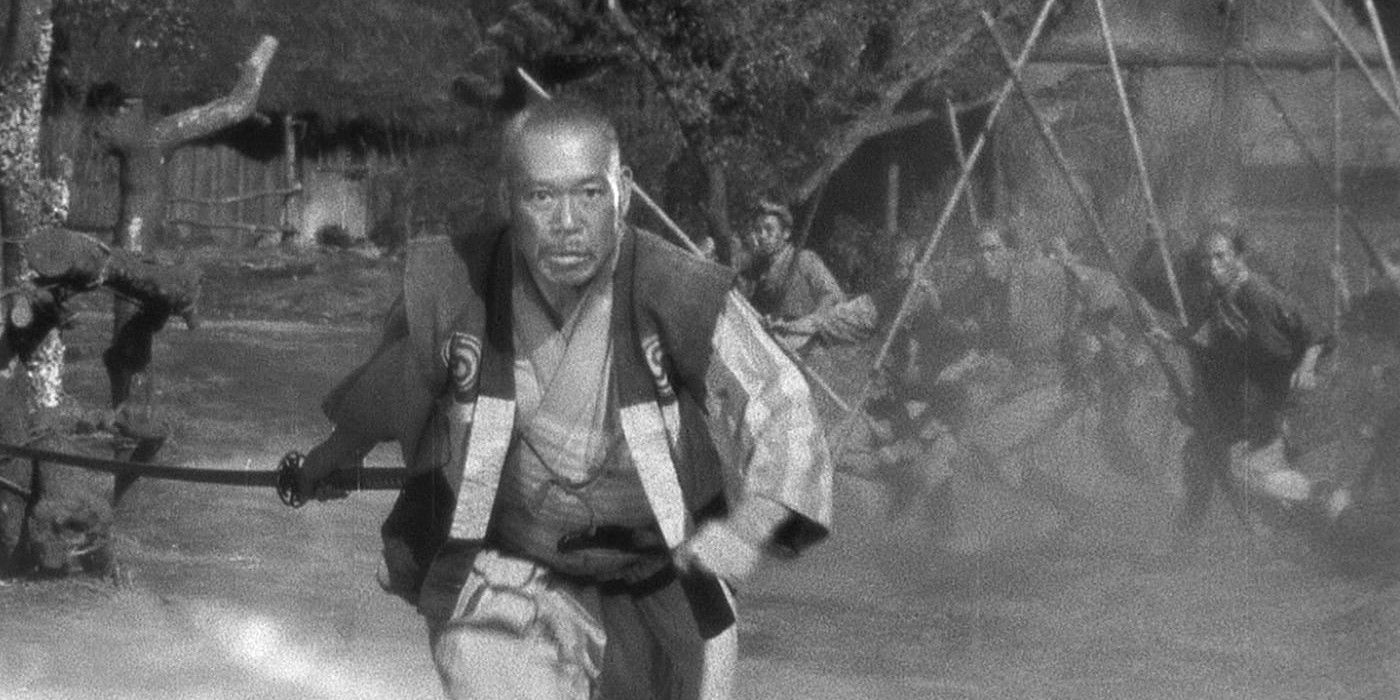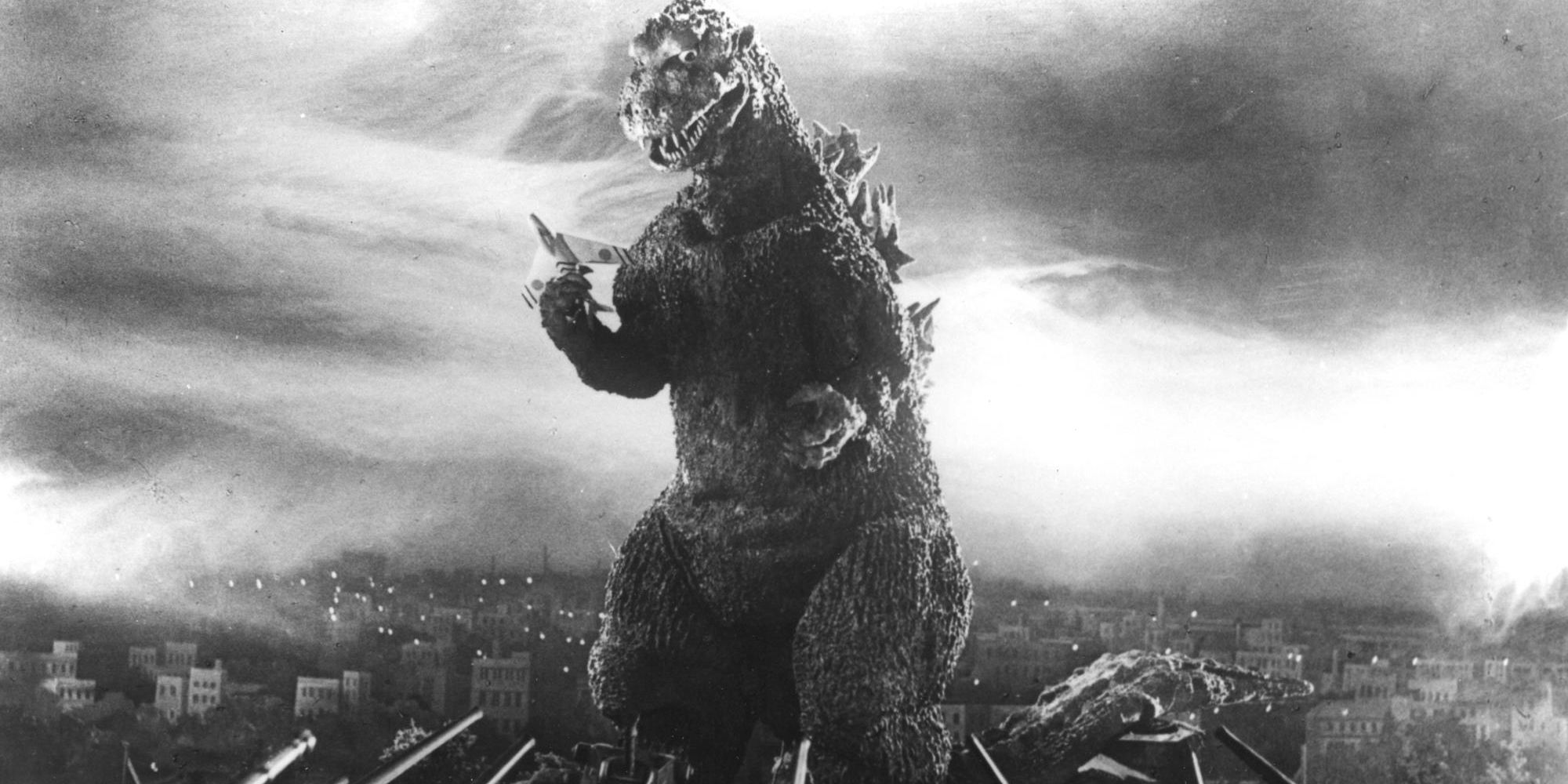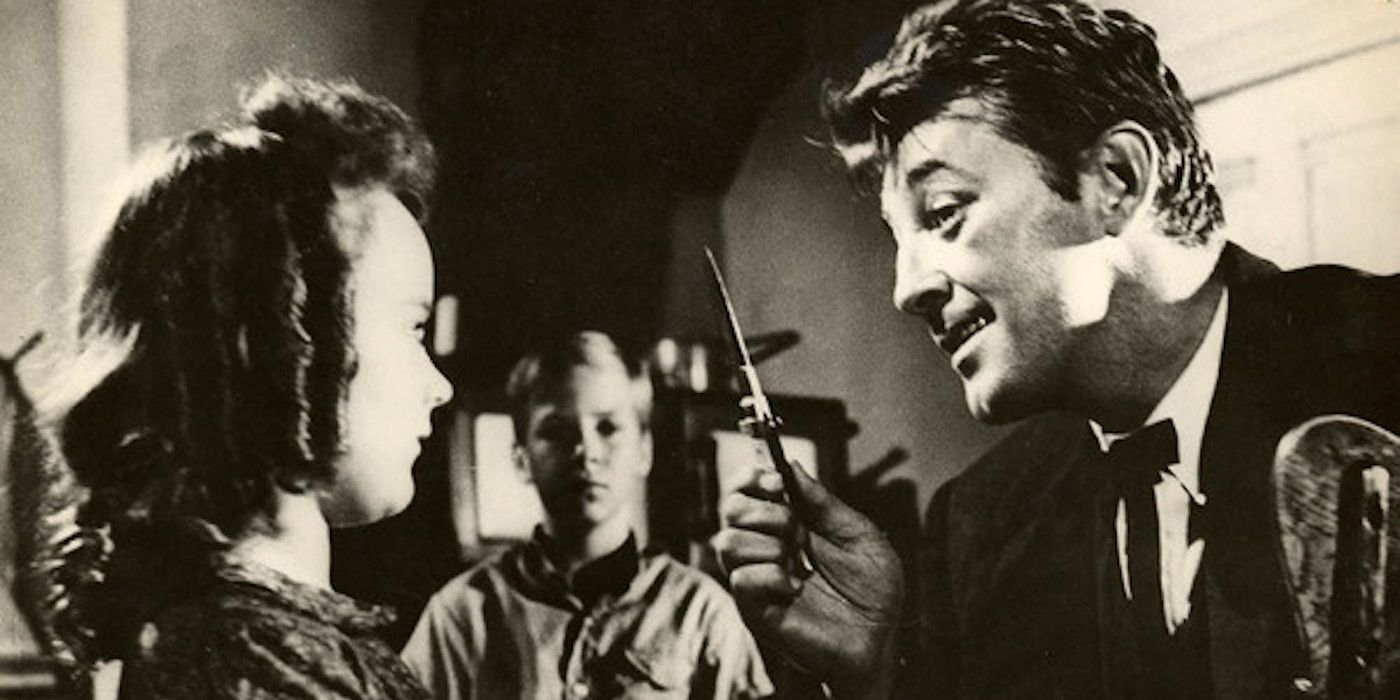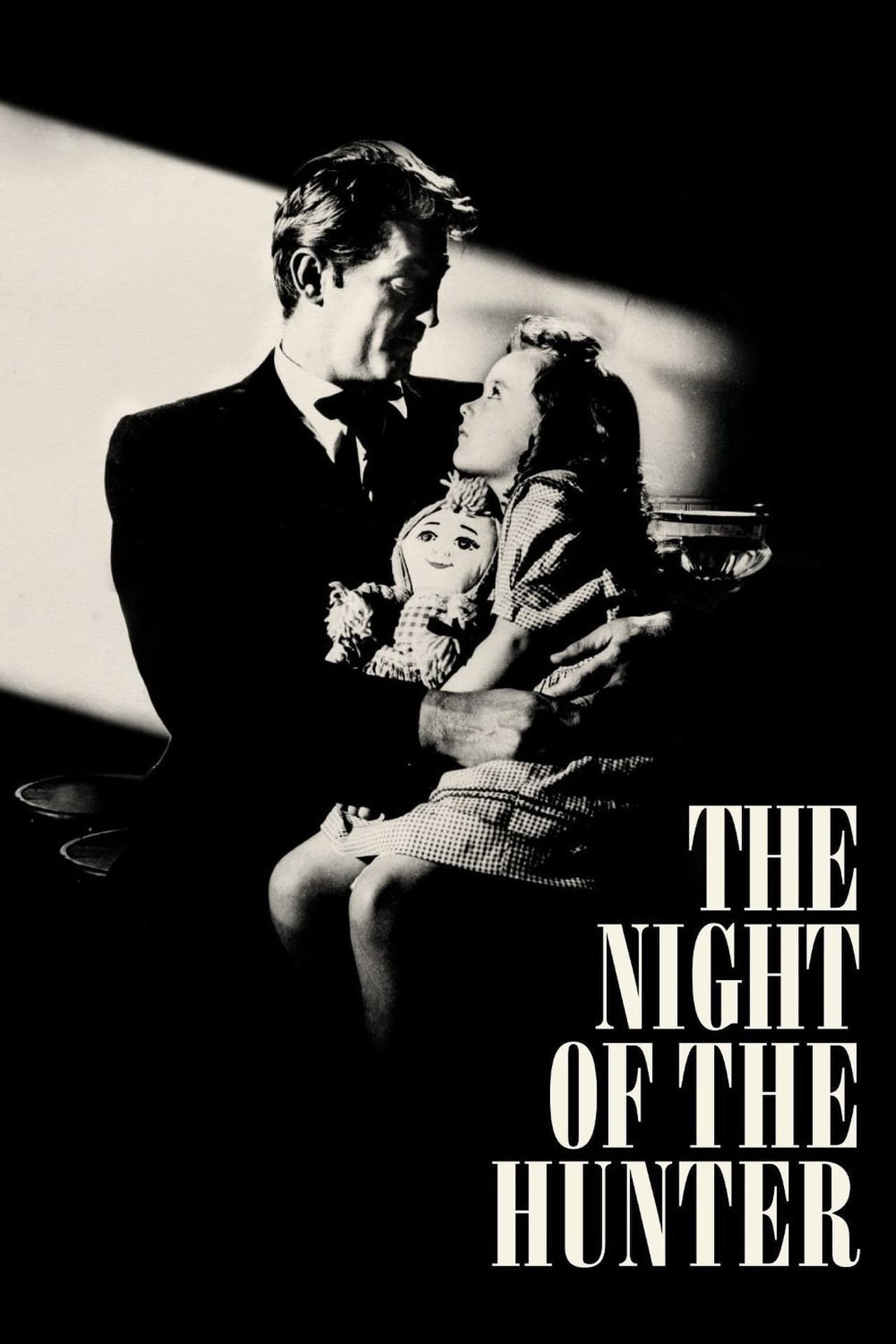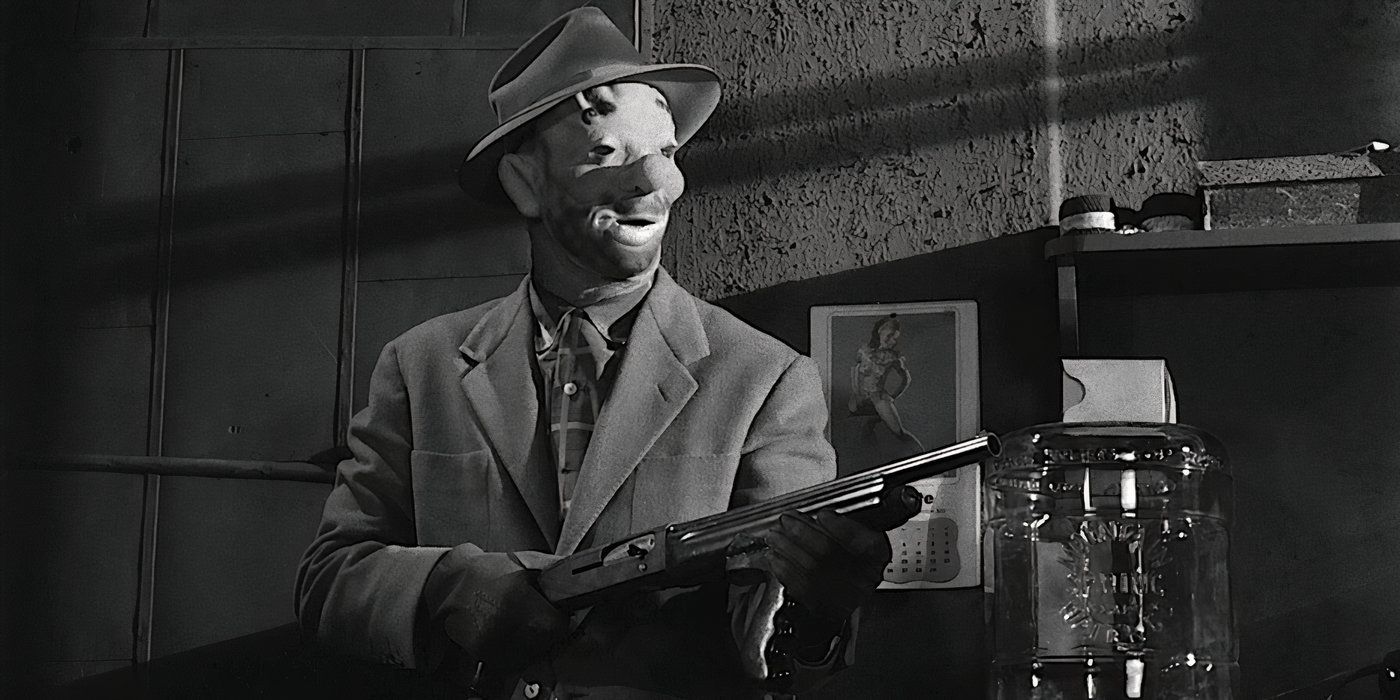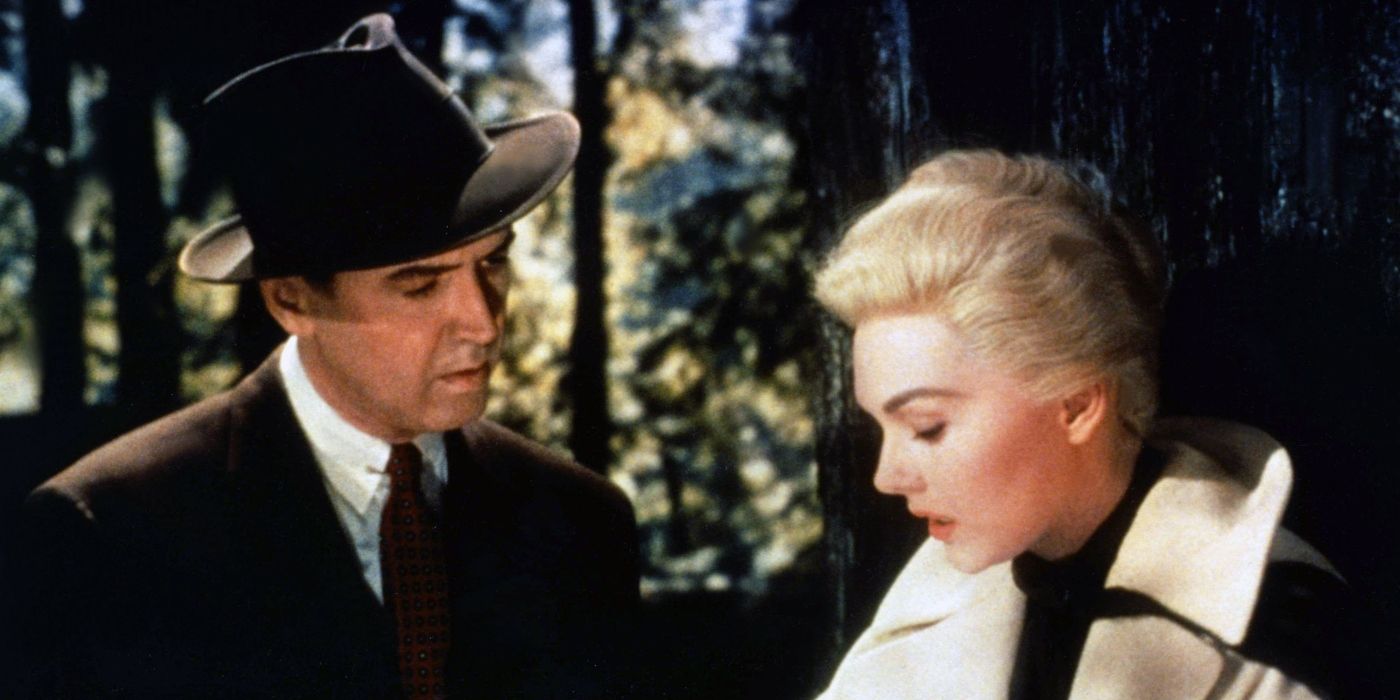
There’s an unfortunate misconception among younger movie fans that older films are “boring,” when the truth could not be further from that. In reality, many of the best films made during the “Golden Age of Hollywood” set precedents that inspired the industry to evolve over the course of subsequent decades. While some aspects of the technology and framing may have changed, these “classic” movies are regarded as such because they still hold up.
Classic cinema is often far more entertaining than some non-cinephiles may expect, as the early days of Hollywood were packed with shocking horror films, thrilling action spectacles, uproariously dark comedies, chilling works of neo-noir and suspense mysteries, and massive epics with tremendous scope and scale. Anyone that considers themselves a movie fan owes it to themselves to watch films that were made before they were born. Here are the ten most thrilling classic movies, ranked.
15
‘The Adventures of Robin Hood’ (1938)
Directed by Michael Curtiz
The Adventures of Robin Hood is far and away the best version of the Robin Hood story that has ever been adapted to the big screen, and that is primarily because of the amazing performance by Errol Flynn as the titular outlaw of Nottingham. While the infamous hero would be played by actors such as Russel Crowe, Taron Egerton, Kevin Costner, and Cary Elwes in subsequent adaptations, none of them attained the pure level of charisma that made Flynn perfect casting for the role.
The Adventures of Robin Hood captured the magic of technicolor with vibrant visuals that managed to bring the medieval world to life. It is evident that the film used all the greatest practical sets and locations that were possible at the time, and it is for that reason that it has aged far better than many of the intended blockbusters of the past few decades.
14
‘Stagecoach’ (1939)
Directed by John Ford
Stagecoach is arguably the film that changed the Western genre forever, and that is because it was the first major collaboration between director John Ford and John Wayne, an actor who would later be known as “The Duke” of Westerns. Although the duo would go on to make such classics as The Searchers, The Man Who Shot Liberty Valance, She Wore A Yellow Ribbon, 3 Godfathers, The Long Voyage Home, and The Quiet Man among others, Stagecoach is one of the most well-paced and thrilling movies ever made.
Stagecoach did a great job at identifying the hallmarks of the Western genre, and influenced many of the classics that emerged within the next decade. An iconic shot in which Wayne’s character makes his first appearance in the heat of battle remains one of the most memorable in film history, showing the mastery that Ford had over the visual medium.
13
‘War of the Worlds’ (1953)
Directed by Byron Haskin
War of the Worlds has always been a story that has hit closer to home than other science fiction narratives, as some audiences misperceived a live audio recording of H.G. Welles’ original novel performed by Orson Welles to be an actual news report. The 1953 film captures this horror beautifully, as it examines just how easily mankind could collapse should an extraterrestrial species ever declare war.
War of the Worlds features groundbreaking visual effects, which helped to elevate it over many of the “B-movies” that were popular at the time. Although Steven Spielberg famously remade the film as a parallel to 9/11, the original War of the Worlds had a lot to say about the nuclear anxiety that was emerging due to the ongoing cold war between the United States and the Soviet Union in the aftermath of World War II.
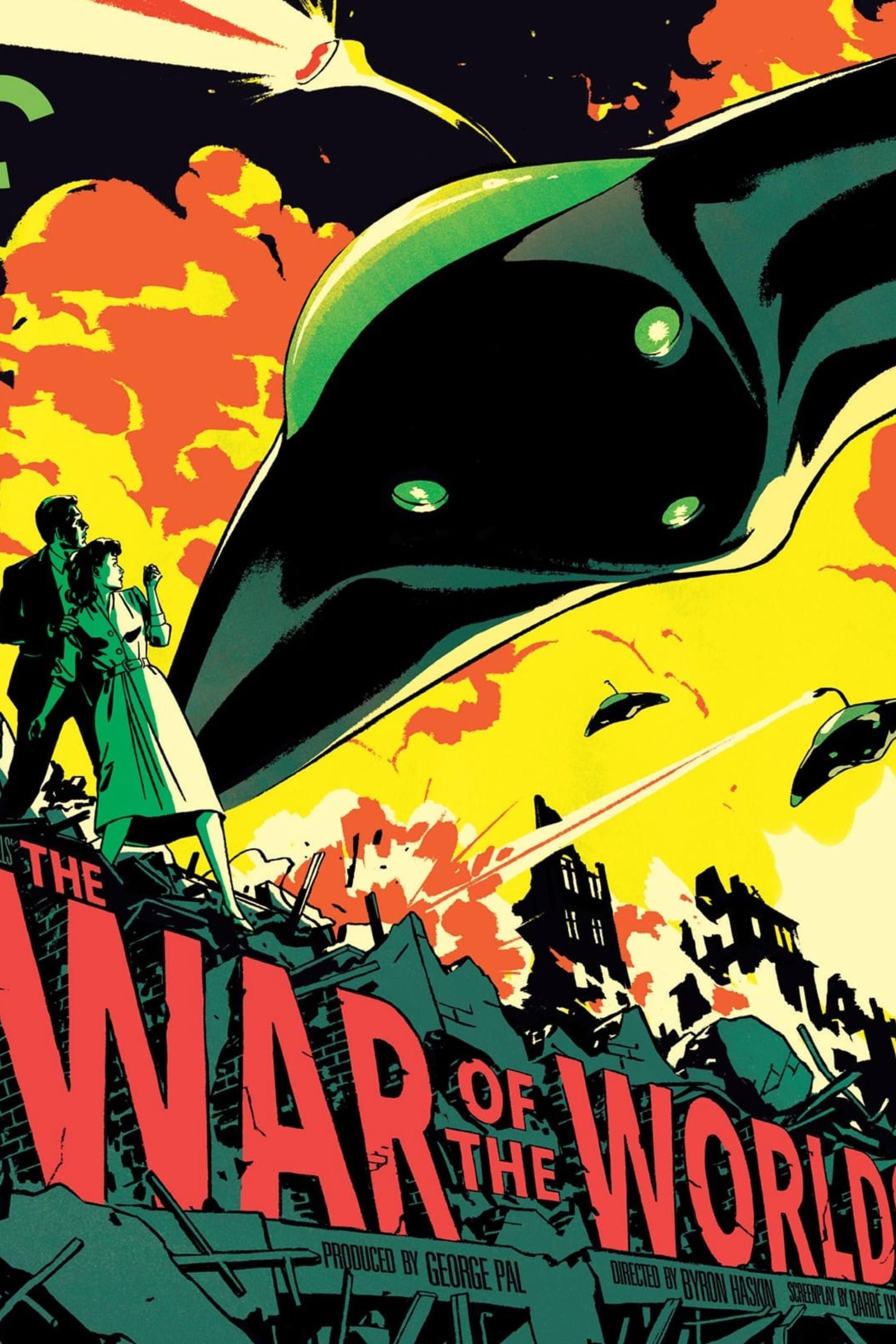
- Release Date
-
August 26, 1953
- Director
-
Byron Haskin
- Cast
-
Gene Barry
, Ann Robinson
, Les Tremayne
, Robert Cornthwaite
, Sandro Giglio
, Lewis Martin
, Houseley Stevenson Jr.
, Paul Frees - Runtime
-
85 Minutes
12
‘High Noon’ (1952)
Directed by Fred Zinnemann
High Noon is one of the most emotionally nuanced Westerns of all time because it tries to shy away from the mythologization of heroic characters, and aims to expose their anxieties and weaknesses. Gary Cooper won the Academy Award for Best Actor for his amazing performance as Sheriff Will Kane, a well-meaning law enforcement officer who is forced to choose between marrying his fiancee (Grace Kelly) and facing off with a hoard of villains that intend to invade the small town he was tasked with protecting.
High Noon had more emotional authenticity than any other Western and was not afraid to get genuinely dark in moments. Although this was an era in which Westerns were just as popular as superhero movies are today, High Noon’s ability to craft an exciting story with genuine human interest helped to elevate it within the genre.
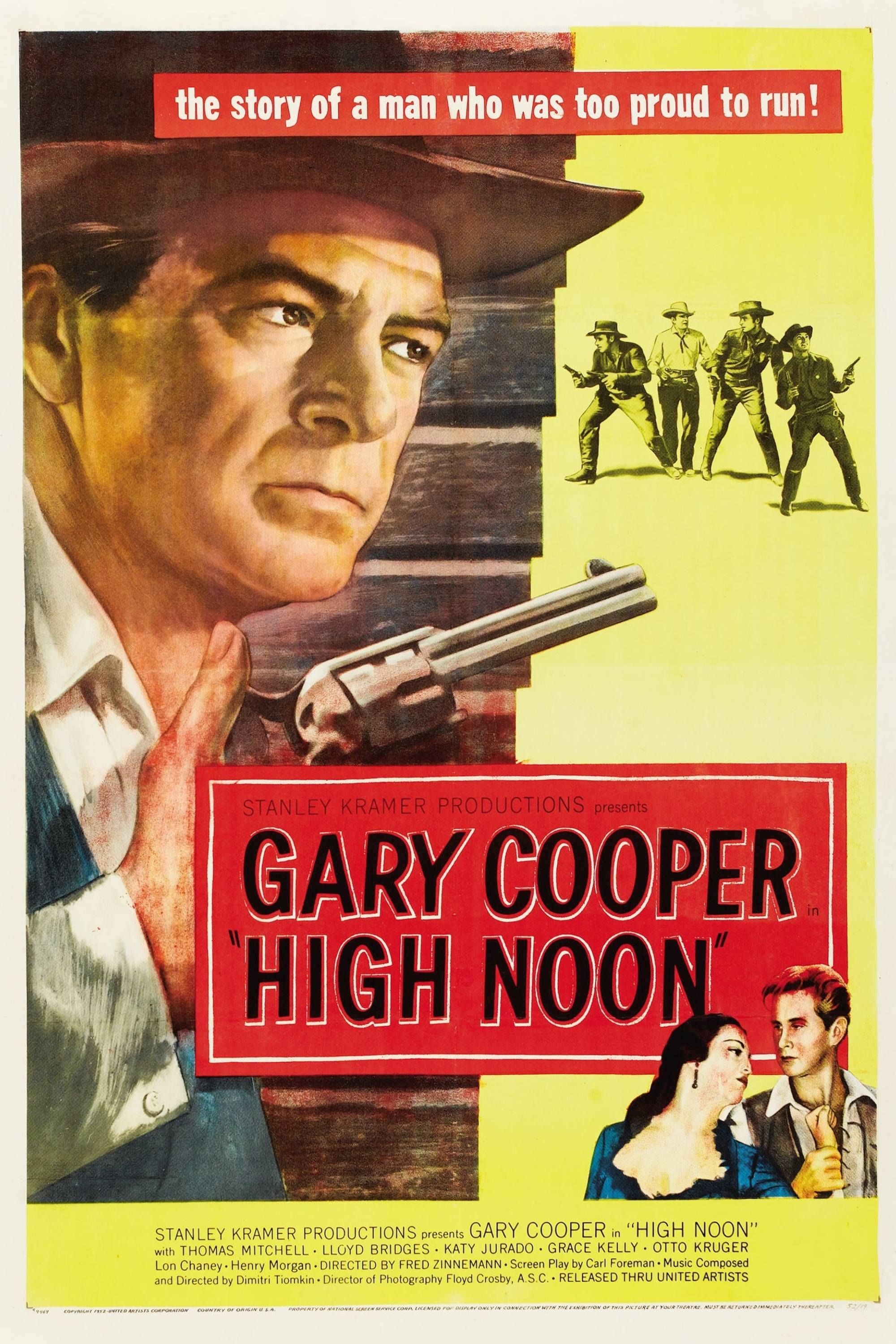
High Noon
- Release Date
-
June 30, 1952
- Director
-
Fred Zinnemann
- Cast
-
Gary Cooper
, Thomas Mitchell
, Lloyd Bridges
, Katy Jurado
, Grace Kelly
, Otto Kruger - Runtime
-
85 Minutes
11
‘The Bridge on the River Kwai’ (1957)
Directed by David Lean
The Bridge on the River Kwai is one of the most beloved World War II films ever made, and famously won the Academy Award for Best Picture, as well as a Best Director prize for David Lean, and a Best Actor trophy for Sir Alec Guinness. Guinness gives a heartbreaking performance as a British serviceman who is held captive by the Japanese Army and forced to begin construction on a massive bridge; over time, he has become so mentally deteriorated that he begins to question where his loyalties actually lie.
The Bridge on the River Kwai explored the psychology of warfare, and how easily it can be to lose sight of priorities in the midst of such a challenging conflict. The emotional depth that Guinness brings to his performance is what helps to elevate the film into an entirely different class of thriller.
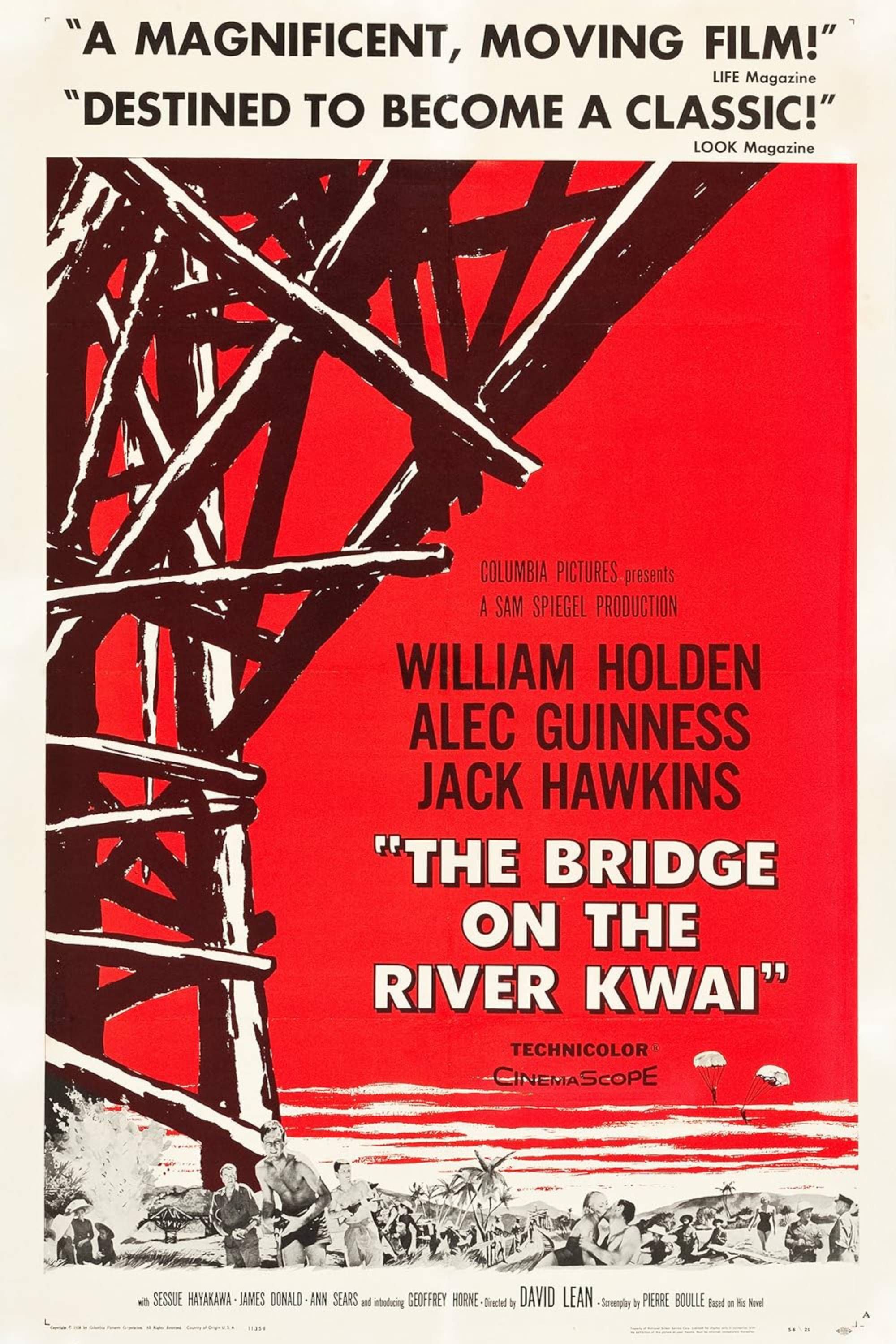
The Bridge On The River Kwai
- Release Date
-
October 11, 1957
- Director
-
David Lean
- Cast
-
William Holden
, Alec Guinness
, Jack Hawkins
, Sessue Hayakawa
, James Donald
, Geoffrey Horne - Runtime
-
161 minutes
10
‘Frankenstein’ (1931)
Directed by James Whale
Frankenstein is still the most definitive of the classic monster movies, as it launched the rise of future Universal “creature features” like The Creature From The Black Lagoon, The Wolf Man, The Mummy, and Dracula’s Daughter. While the original novel by Mary Shelley has now been adapted to the big screen countless times, James Whale’s original film from 1931 is still the most thrilling because it was willing to treat the titular monster as a real character.
Frankenstein explored the tragedy of the character, as Boris Karloff managed to deliver a performance that was just as haunting as it was heartbreaking. Ironically, none of the technical wizardry seen in modern adaptations like Victor Frankenstein could match the brilliance of the practical effects and makeup that Whale was able to utilize way back in 1931. When it comes to Frankenstein, simplicity is the best option.
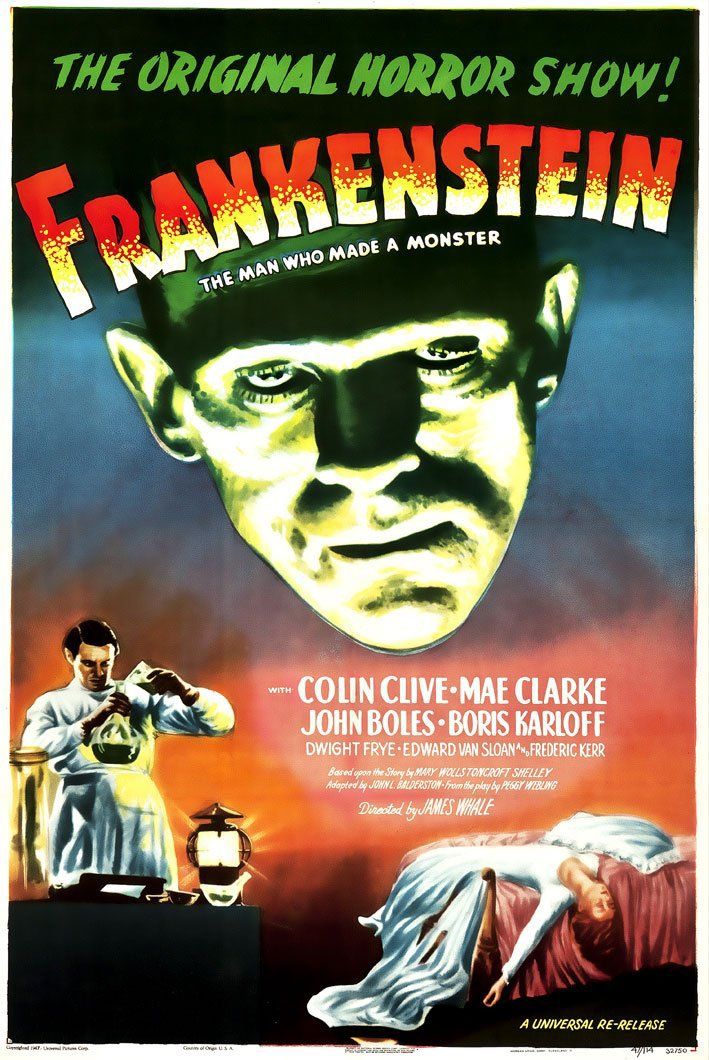
- Release Date
-
November 21, 1931
- Director
-
James Whale
- Cast
-
Colin Clive
, Mae Clarke
, Boris Karloff
, John Boles
, Edward Van Sloan
, Frederick Kerr
, Dwight Frye
, Lionel Belmore - Runtime
-
70 Minutes
9
‘King Kong’ (1933)
Directed by Merian C. Cooper and Ernest B. Schoedsack
King Kong is responsible for creating one of the greatest Golden Age characters of all time, as a new iteration of the titular beast seems to come out every few years. However, the original King Kong was thrilling because it showed the tragic origin story of how Kong was stolen from his home on Skull Island and forced to accompany a ship to New York City.
The stop-motion special effects in King Kong were ahead of their time, and still feel just as exciting because of how imaginative they are. King Kong was responsible for proving that massive blockbuster epics could still have a human touch; the iconic final line of “it was beauty that killed the beast” is still one of the saddest endings in motion picture history.
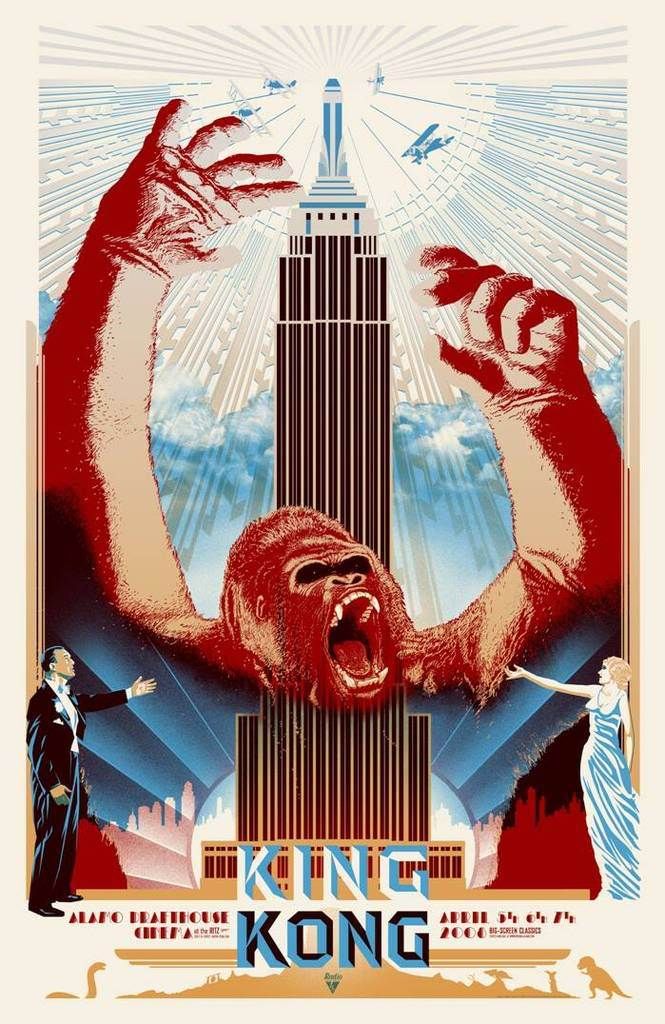
King Kong (1933)
- Release Date
-
March 2, 1993
- Director
-
Merian C. Cooper
, Ernest B. Schoedsack - Cast
-
Fay Wray
, Robert Armstrong
, Bruce Cabot
, Frank Reicher
, Sam Hardy
, Noble Johnson - Runtime
-
100 Minutes
8
‘The Maltese Falcon’ (1941)
Directed by John Huston
The Maltese Falcon set the standard for what a noir film should look like, which makes it all the more surprising that it was actually John Huston’s directorial debut. Film characters simply don’t get any cooler than Humphrey Bogart as Sam Spade, and The Maltese Falcon put him on a thrilling adventure filled with double crosses, femme fatales, action, and even murder.
The Maltese Falcon is a film that is brilliant in its simplicity; Huston contains a majority of the events to just a few locations, which only heightens the suspense and puts more pressure on Spade to solve the case. It wouldn’t be the last noir film that Bogart starred in, nor would it be the last time an actor donned the persona of Spade; however, The Maltese Falcon did set a strong standard that has been hard to live up to.
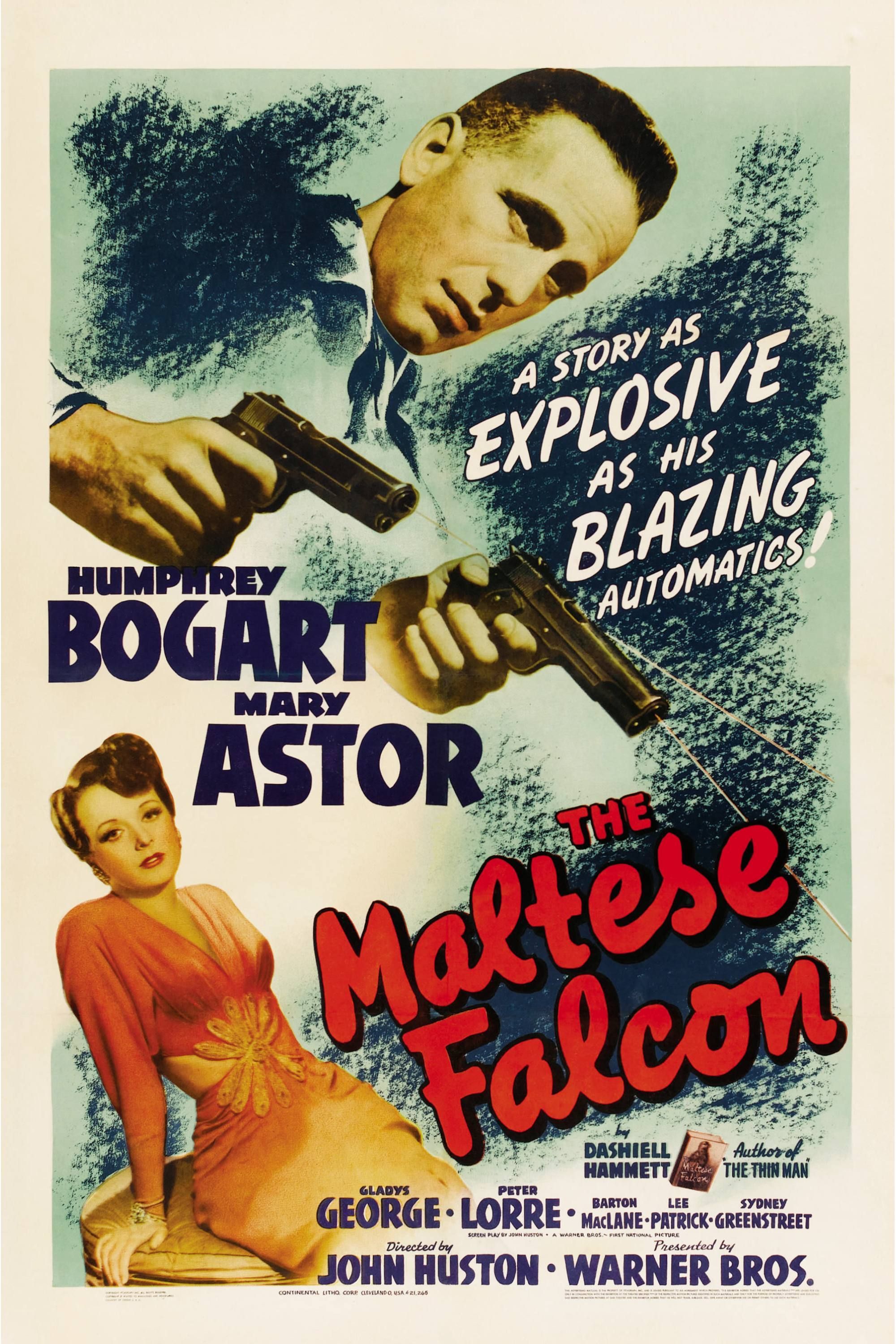
The Maltese Falcon
- Release Date
-
October 18, 1941
- Cast
-
Humphrey Bogart
, Mary Astor
, Gladys George
, Peter Lorre
, Barton MacLane
, Lee Patrick - Runtime
-
100 Minutes
7
‘Double Indemnity’ (1944)
Directed by Billy Wilder
Double Indemnity is often seen as one of the definitive neo-noir films, which is largely due to the brilliance of writer/director Billy Wilder. While the detective genre had already been established by the time that Double Indemnity went into production, Wilder took a darker take on the neo-noir genre by putting empathetic characters in a situation where they would be morally compromised.
Double Indemnity holds up very well because it questioned what people were willing to go to in order to find happiness, and put viewers in a difficult position where they may have found themselves drawn to characters that commit malicious actions. While there are some time-specific references that are specific to the era in which the film was released, nothing about the way that Double Indemnity critiques the inherently predatory nature of capitalism has aged a day.
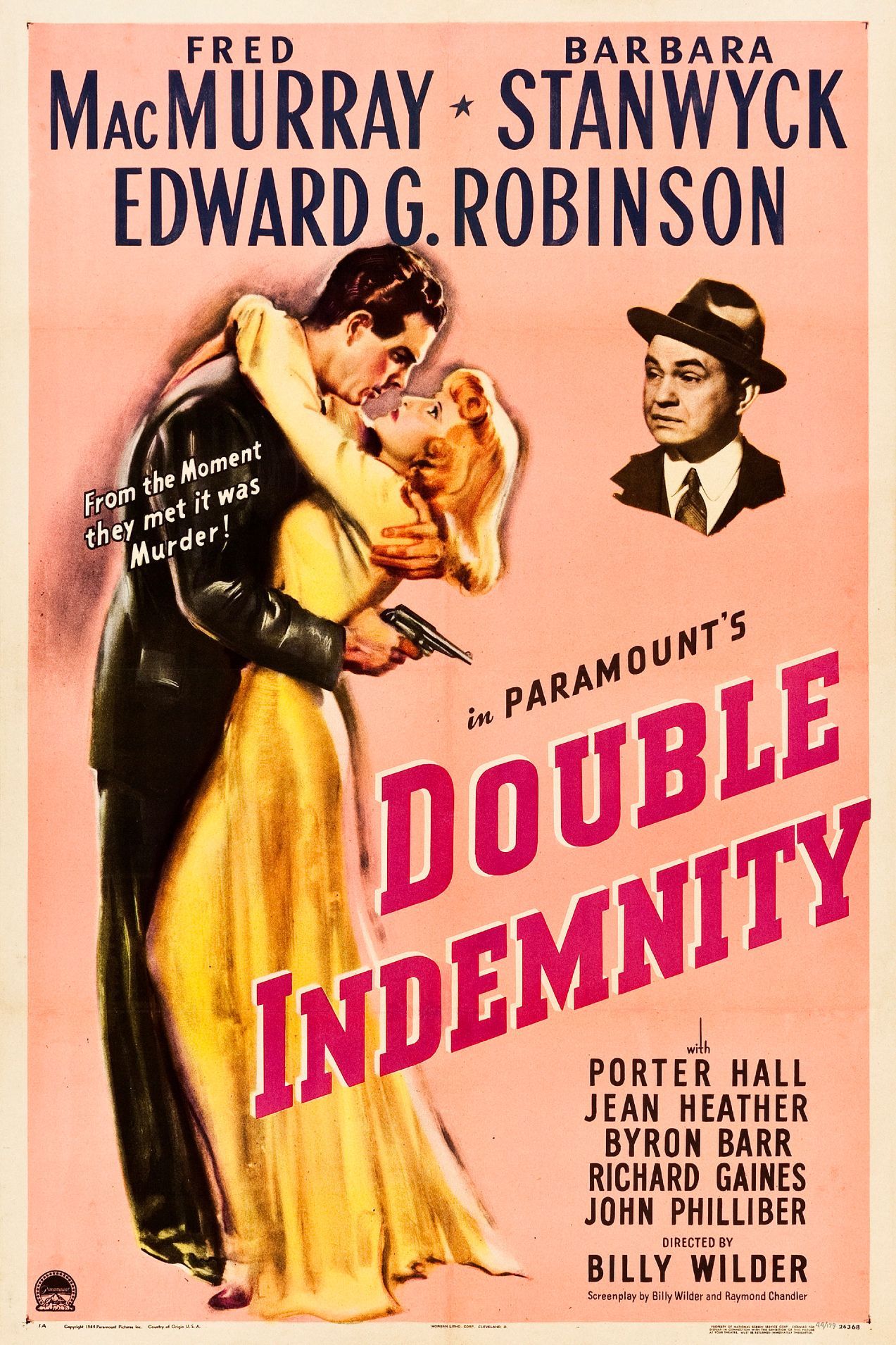
Double Indemnity
- Release Date
-
July 3, 1944
- Director
-
Billy Wilder
- Cast
-
Fred MacMurray
, Barbara Stanwyck
, Edward G. Robinson
, Porter Hall - Runtime
-
107 Minutes
6
‘The Lady From Shanghai’ (1947)
Directed by Orson Welles
The Lady From Shanghai proved that Orson Welles was more than a “one trick pony” after the success of Citizen Kane, as he would go on to write, direct, and star in several great thriller movies. The Lady From Shanghai stands out because it was a case in which Welles played a seemingly “ordinary man” who becomes swept up in a conspiracy to commit a crime; it allowed him to play another broadly charismatic leading role, and certainly inspired the rise of genre thrillers in the subsequent decade.
Welles was a brilliant visual storyteller, and The Lady From Shanghai uses the pristine nature of its international locations to create an atmosphere of anxiety and suspense. It’s one of the few films that is genuinely unpredictable, as Welles manages to pack in a surprising amount of twists and turns within a relatively contained run time.
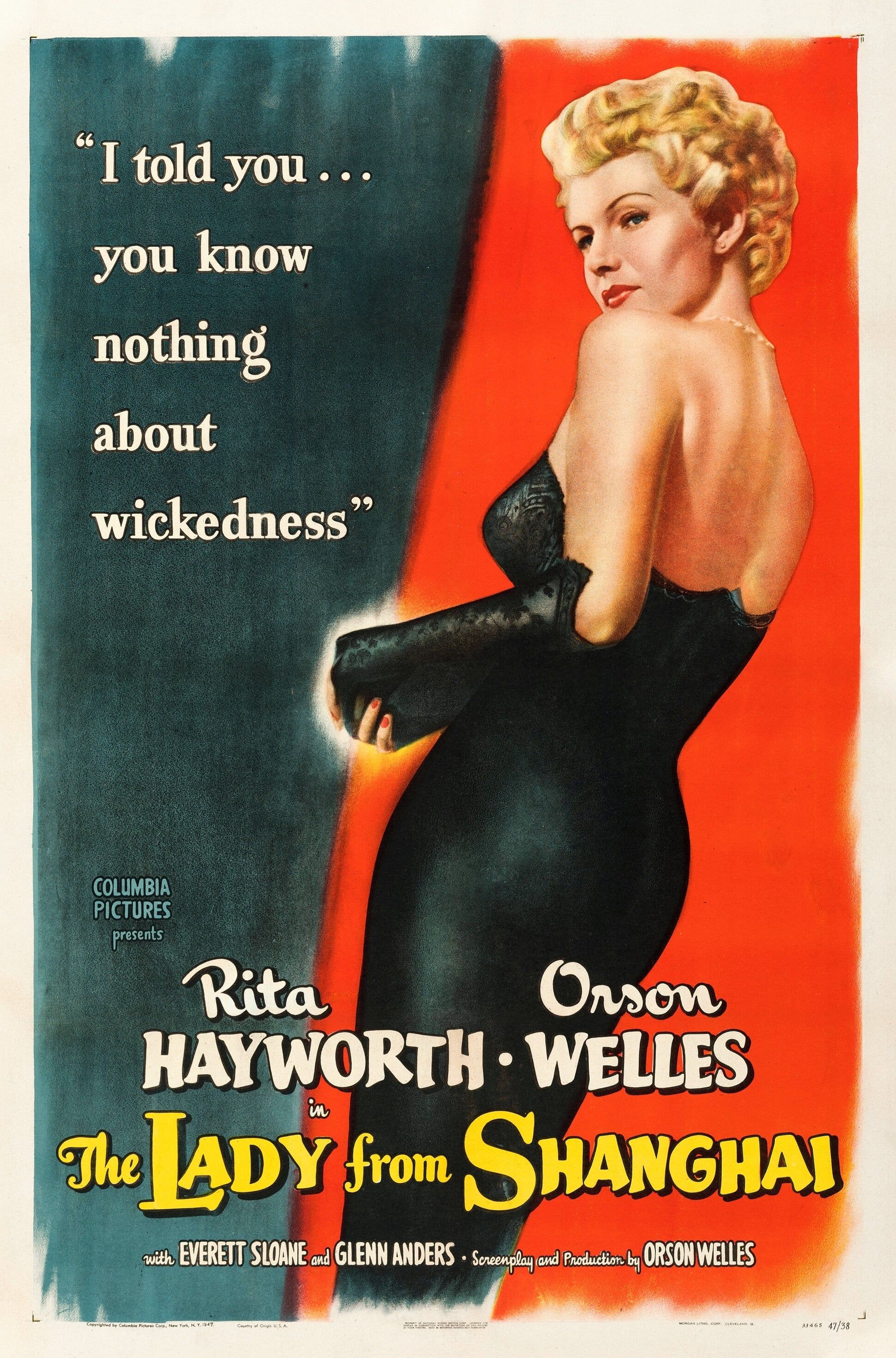
The Lady From Shanghai
- Release Date
-
December 24, 1947
- Cast
-
Rita Hayworth
, Orson Welles
, Everett Sloane
, Glenn Anders
, Ted de Corsia - Runtime
-
87 Minutes
5
‘Seven Samurai’ (1954)
Directed by Akira Kurosawa
Seven Samurai is quite simply one of the greatest action movies ever made, as Akira Kurosawa was able to capture the strength and chivalry of Japan’s feudal warriors like no one else. Although Seven Samurai is well over three hours in length, none of the film feels slow because Kurosawa spent time making sure that the viewers were invested in each of the seven main heroes.
The final village raid battle of Seven Samurai is one of the greatest set pieces in history, and certainly inspired future action classics like The Magnificent Seven and the Star Wars franchise. Kurosawa’s genuine respect for the material comes across, as the film took the time to develop each character’s fighting style in a way that revealed insights about their background and motivations. Considering that it remains popular in repertory theaters, cinephiles owe themselves the chance to see Seven Samurai on the big screen.
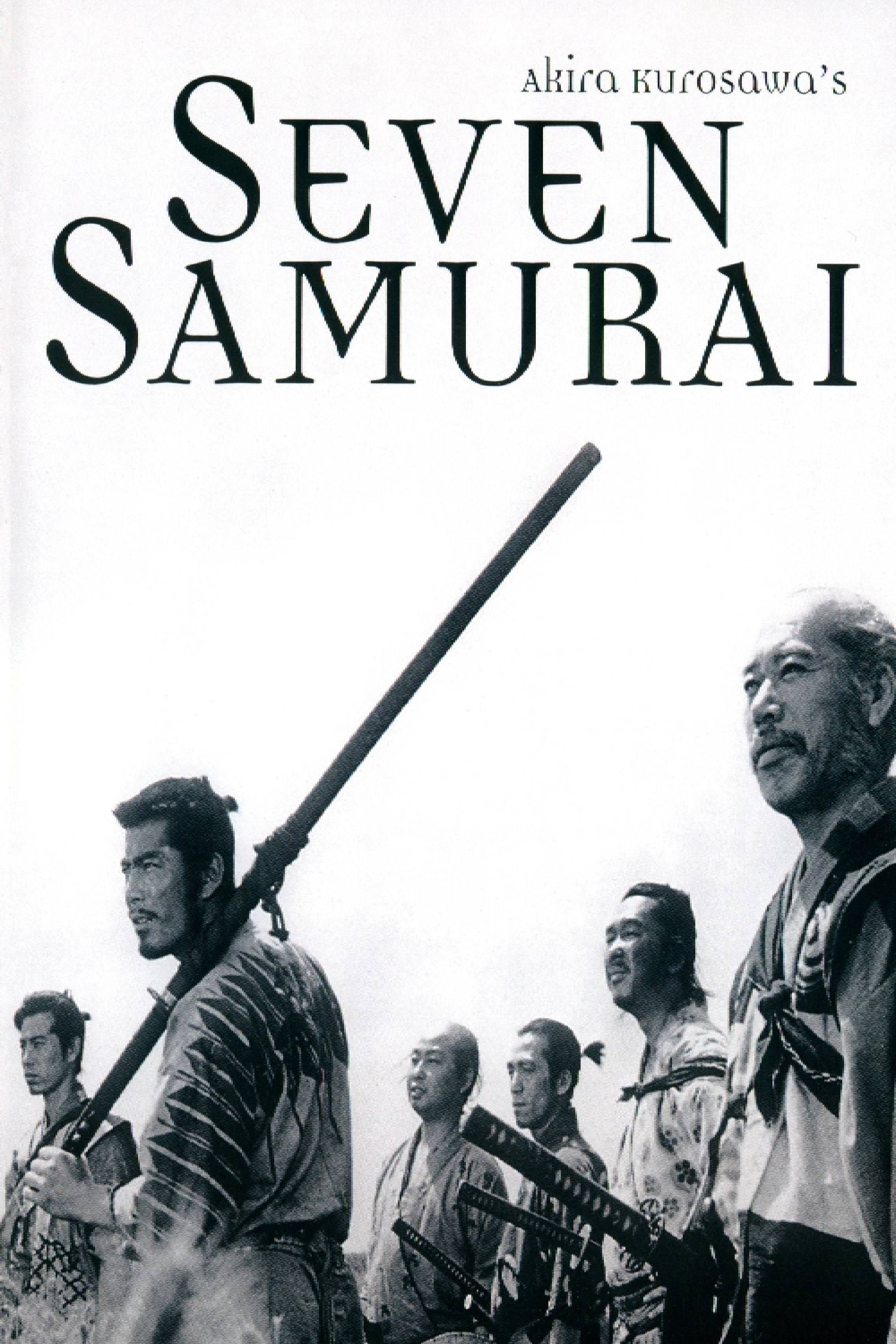
Seven Samurai
- Release Date
-
April 26, 1954
- Director
-
Akira Kurosawa
- Cast
-
Toshiro Mifune
, Takashi Shimura
, Kamatari Fujiwara
, Daisuke Katô
, Yukiko Shimazaki
, Isao Kimura
, Minoru Chiaki - Runtime
-
207 Minutes
4
‘Godzilla’ (1954)
Directed by Ishirō Honda
Godzilla started a franchise that is still running today, as the success of Godzilla Minus One and the Monsterverse franchise from Legendary indicates that viewers still haven’t had enough of the greatest movie monster in history. The original Godzilla remains a classic because of the ways in which it commented on the nuclear era, in which Japan was still in a period of crisis after the detonation of the atomic bombs at the end of World War II.
The prospect of massive urban destruction with significant civilian casualties was utterly terrifying in 1954, and today it remains just as thrilling. While some iterations of the Godzilla franchise have opted to take the character in a slightly goofier direction, with some even turning him into a hero, the original classic is about as scary as monster movies can ever hope to be.
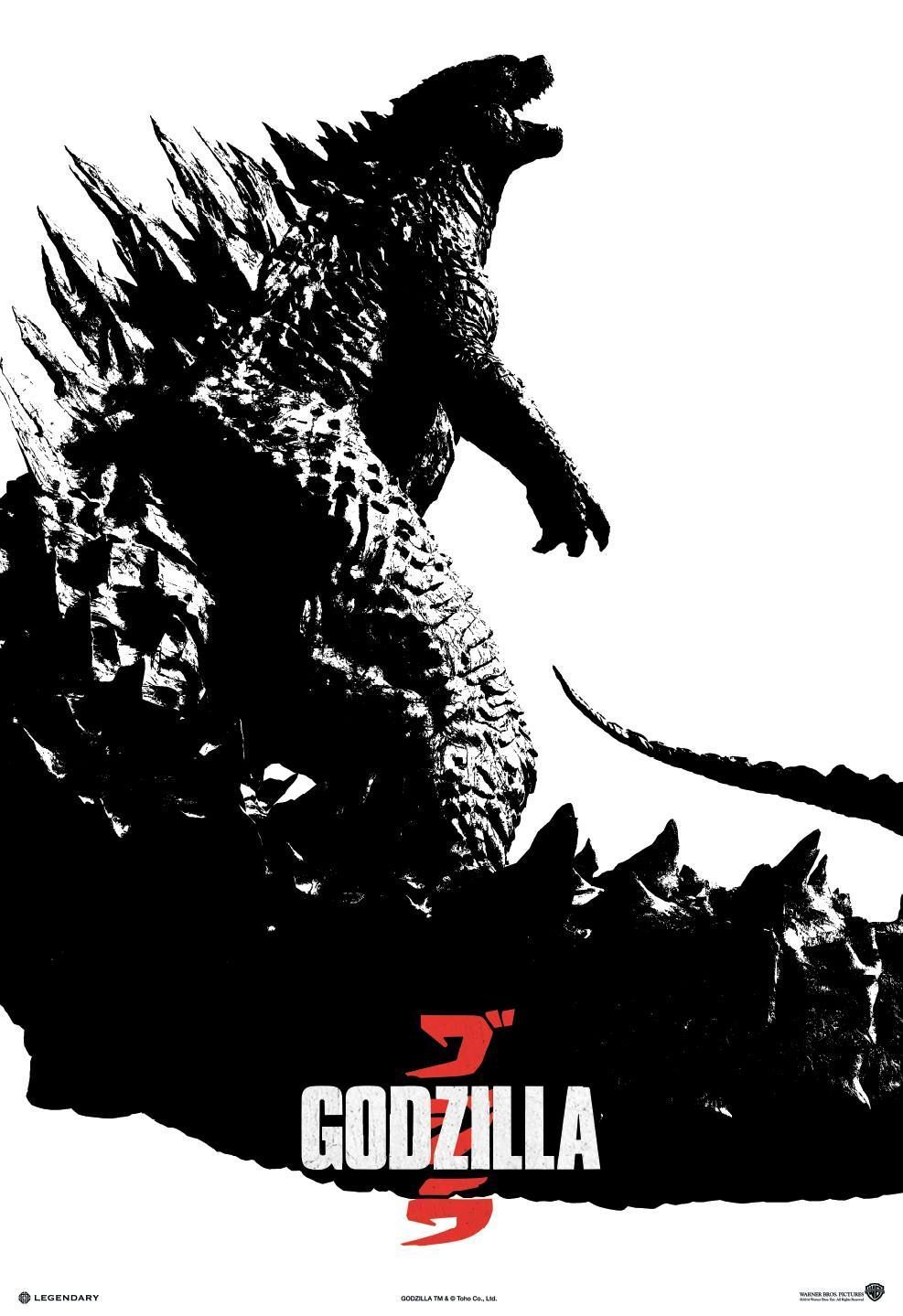
Godzilla
- Release Date
-
November 3, 1954
- Director
-
Ishirô Honda
- Cast
-
Akihiko Hirata
, Akira Takarada
, Momoko Kôchi
, Takashi Shimura - Runtime
-
96 Minutes
3
‘The Night of the Hunter’ (1955)
Directed by Charles Laughton
The Night of the Hunter is one of the most influential noir films ever made, and has been cited as a major inspiration for acclaimed directors like Guillermo del Toro, David Lynch, Joel and Ethan Coen, Spike Lee, and Terrence Malick. Charles Laughton’s sole film as a director starred Robert Mitchum as a brutal serial killer who poses as a preacher in a small town in order to steal $10,000 from a young widow.
The Night of the Hunter captures the terror of seeing a nightmare through the eyes of a child, and features some of the most remarkable adolescent performances in film history. Black-and-white photography can often be far scarier than color, and the stark, dimly lit visuals that Laughton brings to life in this haunting noir are bound to get any cinephile’s adrenaline pumping out of control.
2
‘The Killing’ (1956)
Directed by Stanley Kubrick
The Killing is one of the many masterpieces crafted by the brilliant Stanley Kubrick, and arguably one of the more influential projects of his historic career. In a twist on the standard heist thriller formula, Kubrick crafted a narrative that explores the experiences of each of the primary assailants in the moments leading up to the performance of a high-stakes crime.
The Killing plays around with timelines and perspectives in an intriguing way that heightens the suspense, making it unclear to the viewer who the intended hero is supposed to be. Although the nature of Hollywood censorship at the time prevented Kubrick from putting anything too extreme within the film, The Killing is able to hint at some of its darker ideas about persecution and torture through allusions. Crime classics like Pulp Fiction and Memento could not exist without the precedent that The Killing set.
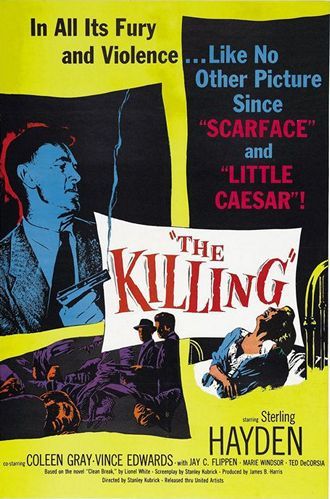
- Release Date
-
June 6, 1956
- Director
-
Stanley Kubrick
- Cast
-
Sterling Hayden
, Coleen Gray
, Vince Edwards
, Jay C. Flippen
, Ted de Corsia
, Marie Windsor
, Elisha Cook Jr.
, Joe Sawyer - Runtime
-
84 Minutes
1
‘Vertigo’ (1958)
Directed by Alfred Hitchcock
Vertigo is a haunting masterpiece from the legendary “Master of Suspense,” Alfred Hitchcock, that questions the nature of redemption, obsession, and grief. Arguably the most technically proficient of all of Hitchcock’s masterpieces, Vertigo invented a new language of cinema with new camera techniques that were able to the mind of a former detective (James Stewart) as he goes through an existential crisis after a tragic incident forces him to make an early retirement.
Vertigo is a film in which nothing is what it seems, as Hitchcock delivers some shocking twists regarding the identity of the femme fatale character. Although interpretations of the film’s ending have been debated constantly by cinephiles ever since it was first released in 1958, Vertigo is filled with enough chills and thrills to sufficiently entertain anyone who is lucky enough to see it for the first time.
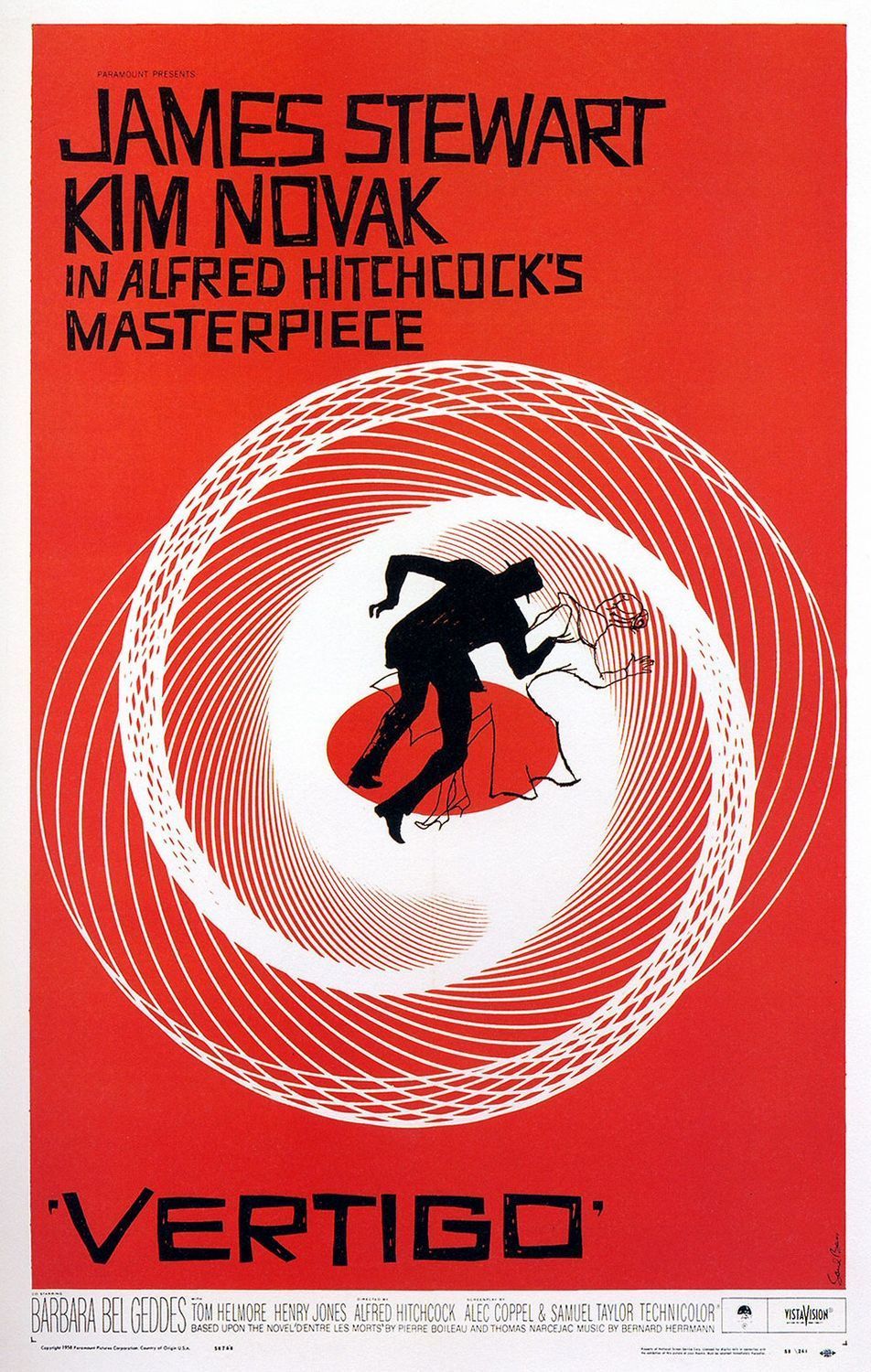
- Release Date
-
May 9, 1958
- Cast
-
Tom Helmore
, Barbara Bel Geddes
, Kim Novak
, James Stewart
, Henry Jones - Runtime
-
128 minutes

